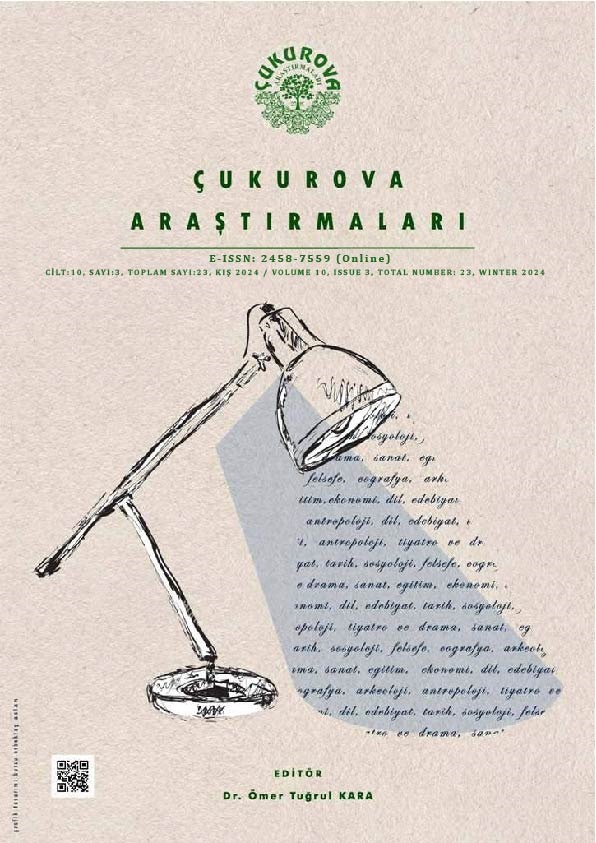Author :
Abstract
Türkçe dersinin temel hedefi öğrencilere dinleme, konuşma, okuma ve yazma olmak üzere dört temel dil becerisini istendik ölçüde kazandırmaktır. Bu temel becerilerin istendik ölçüde edinilmesi için her dil becerisine uygun veya bütün becerileri geliştiren birçok öğretim yöntem ve tekniğinden istifade edilmektedir. Bu öğretim yöntem ve teknikleri benimsenen eğitim felsefesi ve bu doğrultuda hazırlanan eğitim programlarına göre değişiklik arz etmektedir. Nitekim 21. yüzyılda yapılandırmacılık anlayışının eğitim felsefesi olarak benimsenmesiyle birlikte öğrenciyi merkeze alan, öğrencinin eğitim- öğretim sürecinde aktif olmasına olanak sağlayan, iş birliğine dayalı ve etkileşimi temel alan öğretim yöntem ve teknikleri eğitim- öğretim sürecinde kullanılması benimsenmeye başlanmıştır. Karşılıklı öğretim tekniği de bu anlayış doğrultusunda geliştirilmiş, eğitim- öğretim sürecinde kullanılan eğitim- öğretim tekniklerinden biridir. Bu tekniğin temel amaç öğretmenin rol modelliğinde eğitim- öğretim sürecinin merkezine öğrenciyi almaktır. Tahmin etme, sorgulama, açıklama ve özetleme aşamalarından meydana gelen bu teknikte, bilişsel stratejilere dayalı bir eğitim süreci işlemektedir. Bu teknik okuma sırasında düşünmeyi temel alan, öğrencileri metin içeriğinden sorumlu tutan, öğrencilere öğretmen rolünü üstlenmeyi öğreten, onlarda sorgulama, analiz etme, sınıflama, sıralama, değerlendirme ve özetleme becerilerinin gelişmesine olanak sağlayabilir. Bu makalede karşılıklı öğretim tekniğinin özellikleri, eğitime katkıları, aşamaları ve eğitim öğretim sürecinde bu teknikten nasıl istifade edileceği ve bu tekniğin nasıl uygulanacağı hakkında bilgi verilmeye çalışılmıştır.
Keywords
Abstract
The main goal of the Turkish course is to provide students with the four basic language skills of listening, speaking, reading and writing to the desired extent. In order to acquire these basic skills to the desired extent, many teaching methods and techniques that are suitable for each language skill or that develop all skills are used. These teaching methods and techniques vary according to the adopted educational philosophy and the educational programs prepared in line with this. As a matter of fact, with the adoption of the constructivism approach as an educational philosophy in the 21st century, teaching methods and techniques that are student-centered, that allow the student to be active in the education-teaching process, and that are based on cooperation and interaction have begun to be adopted in the education-teaching process. The reciprocal teaching technique has also been developed in line with this understanding and is one of the education-teaching techniques used in the education-teaching process. The main purpose of this technique is to place the student at the center of the education-teaching process as the teacher's role model. In this technique, which consists of the stages of estimation, questioning, explanation and summarization, an education process based on cognitive strategies is implemented. This technique is based on thinking during reading, holds students responsible for the content of the text, teaches students to take on the role of a teacher, and may allow them to develop questioning, analyzing, classifying, sorting, evaluating, and summarizing skills. This article attempts to provide information about the characteristics of the reciprocal teaching technique, its contributions to education, its stages, and how to benefit from this technique in the education and training process and how to apply this technique.





